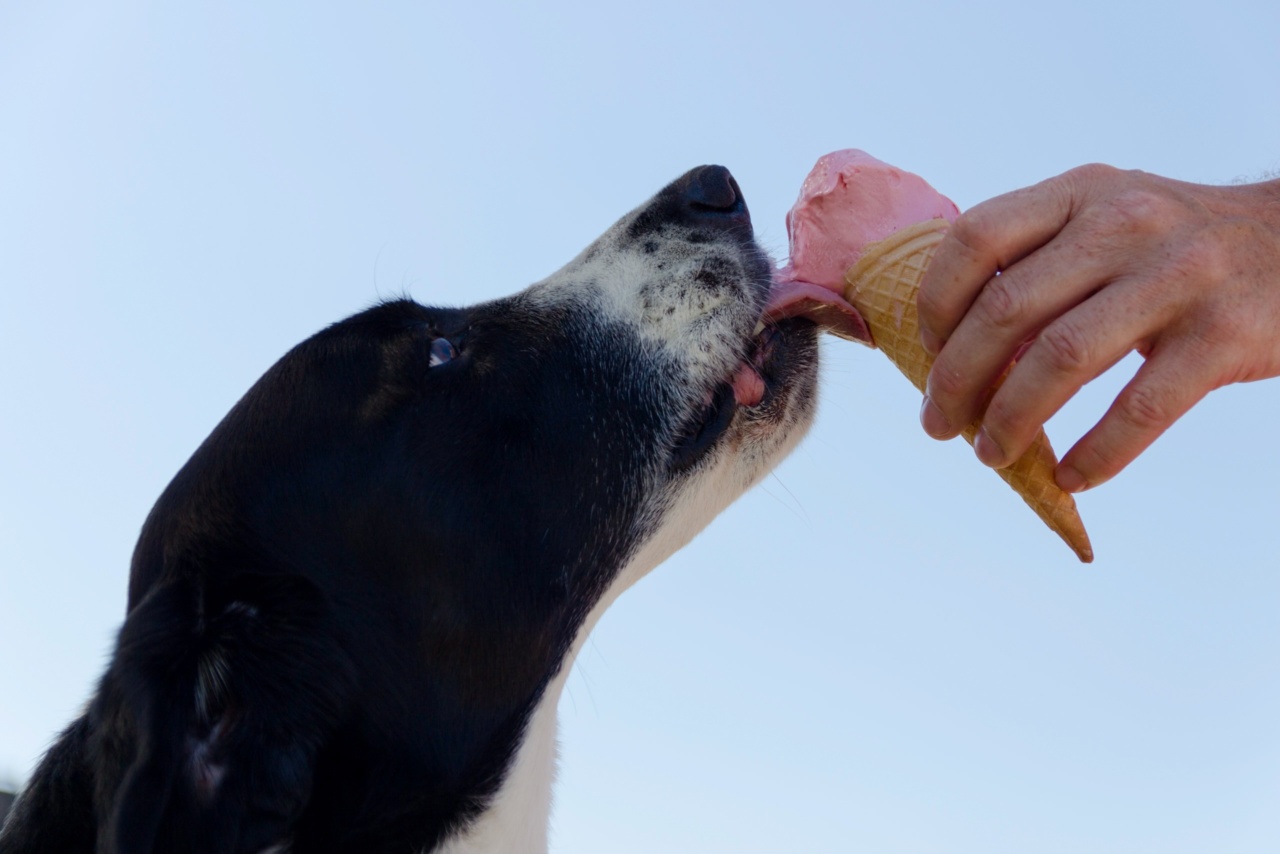As dog owners, it is our responsibility to ensure the safety and well-being of our furry companions. One common issue that many dog owners face is their dogs’ tendency to eat dangerous items.
Whether it’s a stray sock, a piece of chocolate, or a potentially toxic plant, these items can pose serious health risks to our beloved pets. In this article, we will discuss various ways to prevent your dog from eating dangerous items and keeping them safe.
Understanding why dogs eat dangerous items
Before we dive into prevention strategies, it’s important to understand the reasons behind this behavior. Dogs may be drawn to eating dangerous items due to various factors:.
1. Curiosity
Like children, dogs are naturally curious creatures. They explore their surroundings using their mouths, and sometimes this curiosity can lead them to ingest objects that can be harmful to their health.
2. Boredom or anxiety
Dogs who are bored or experiencing anxiety may resort to destructive chewing as a way to cope. Ingesting unsafe items provides some form of stimulation, albeit in an unhealthy way.
3. Lack of proper training
If your dog has not been properly trained or hasn’t learned the “leave it” or “drop it” commands, they may not know how to differentiate between what is safe to eat and what is not.
Now, let’s explore some effective preventive measures:
1. Supervision and confinement
One of the most important ways to prevent your dog from eating dangerous items is by supervising them at all times. Keep an eye on your dog, especially in new environments or when they are exposed to items they haven’t encountered before.
If you are unable to closely supervise your dog, consider confining them to a safe area such as a crate or a dog-proofed room.
2. Picking up and securing hazardous items
Take time to carefully scan your living space for any potential hazards that your dog might be tempted to ingest. This includes small objects, toxic plants, cleaning supplies, medications, and food items that are unsafe for dogs.
Store these items in secure cabinets or keep them out of your dog’s reach.
3. Chew toys and appropriate alternatives
Provide your dog with an ample supply of chew toys and appropriate alternatives to redirect their chewing behavior. This will help satisfy their chewing instinct in a safe and healthy way.
Opt for toys specifically designed for dogs, as some objects meant for humans may pose a choking hazard.
4. Mental and physical stimulation
Ensure your dog receives enough mental and physical stimulation throughout the day. Engage them in activities such as puzzle toys, obedience training, interactive play sessions, and daily exercise.
A tired and mentally stimulated dog is less likely to engage in destructive behaviors such as chewing on dangerous items.
5. Basic obedience training
Teaching your dog basic obedience commands like “leave it” or “drop it” can be a lifesaver. These commands allow you to quickly intervene and prevent your dog from ingesting something harmful.
Invest time and effort in training your dog using positive reinforcement techniques for effective results.
6. Regular veterinary check-ups
Regular visits to the veterinarian are crucial to ensure your dog’s overall health and well-being.
Your vet can conduct routine examinations, address any underlying health issues that may contribute to the ingestion of dangerous items, and provide guidance on specific preventive measures based on your dog’s individual needs.
7. Use deterrent sprays
Deterrent sprays can be helpful in discouraging your dog from chewing on certain objects. These sprays have a bitter taste or strong odor that dogs find unpleasant, deterring them from further contact.
Apply deterrent sprays to items you want to protect, but make sure they are safe for your dog to come into contact with.
8. Provide a balanced diet
Ensure your dog is getting a balanced and nutritious diet appropriate for their age and breed. A well-fed dog is less likely to engage in indiscriminate eating behaviors. Consult with your vet to determine the best diet plan for your four-legged friend.
9. Seek professional help if needed
If your dog’s dangerous item ingestion is a persistent problem or shows signs of compulsive behavior, it is crucial to seek professional help from a certified dog trainer or animal behaviorist.
They can assess the underlying causes of the behavior and provide tailored strategies to manage and correct it.
10. Create a safe environment
Last but not least, create a safe environment for your dog. Regularly inspect your surroundings for potential hazards and make adjustments accordingly.
Ensure your yard is securely fenced, and be cautious when introducing new objects or substances into your dog’s environment.
By implementing these preventive measures and maintaining a vigilant approach, you can significantly reduce the risk of your dog ingesting dangerous items.
Remember, the safety and well-being of your furry friend depend on your proactive efforts and responsible guardianship.





























